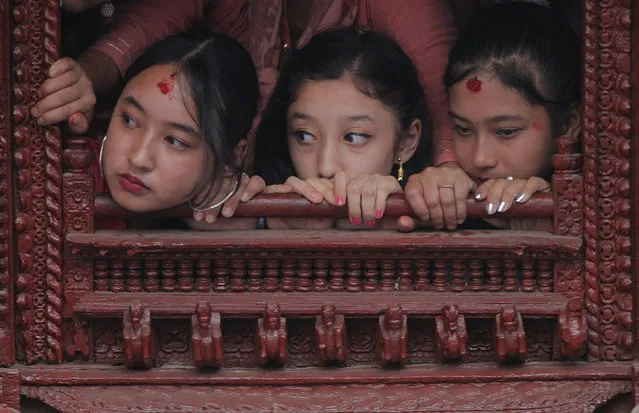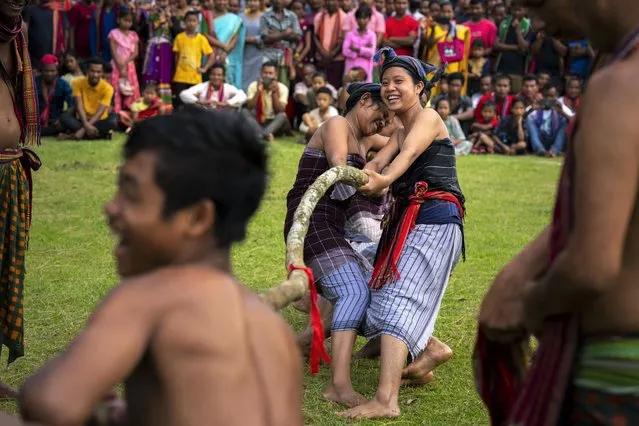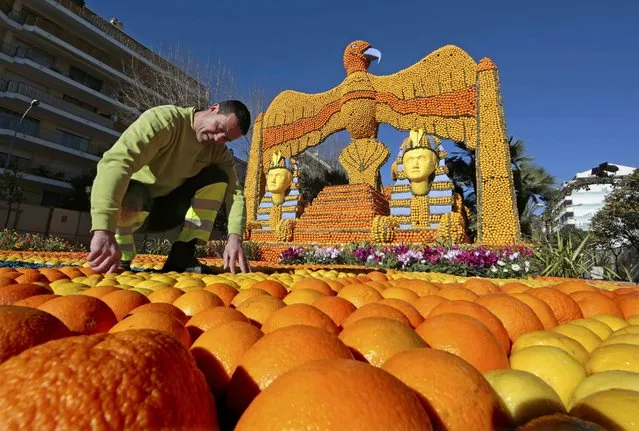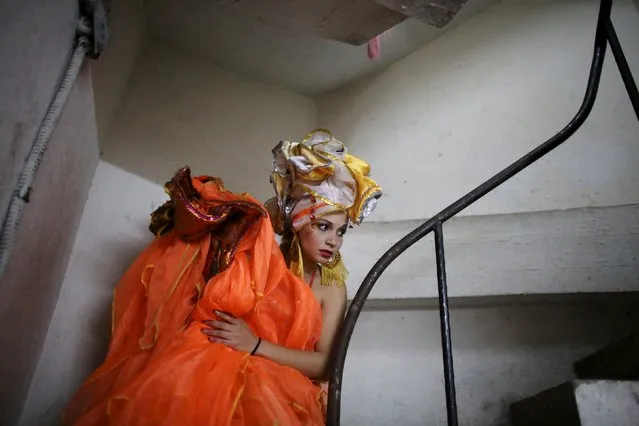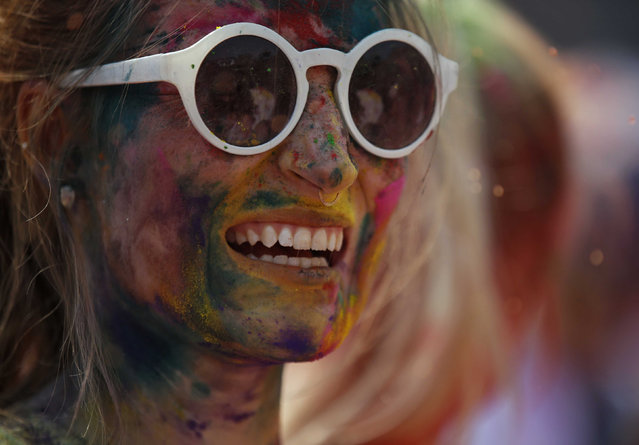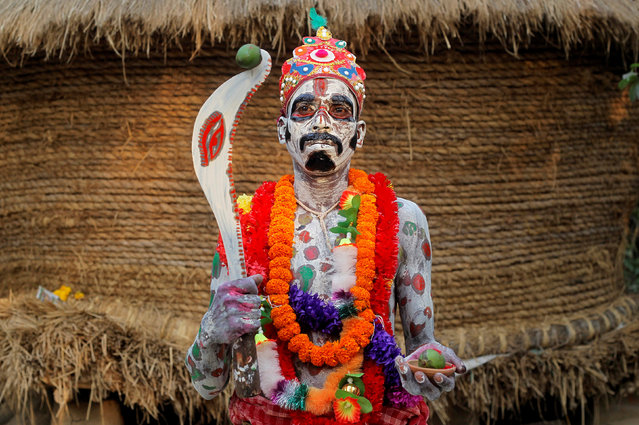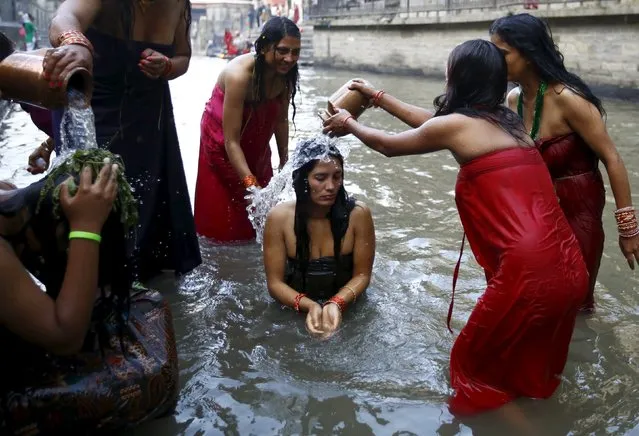
Janet Layug walks off stage during the Bikini International competition at the Greater Columbus Convention Center during the Arnold Sports Festival 2017 on March 4, 2017 in Columbus, Ohio. (Photo by Maddie Meyer/Getty Images)
11 Mar 2017 00:02:00,post received
0 comments

